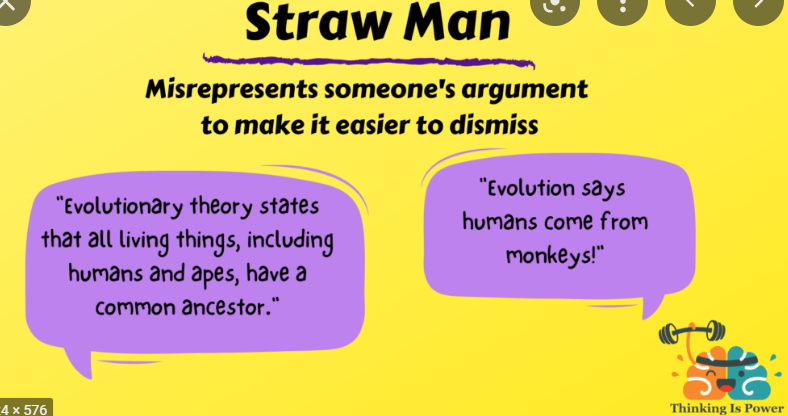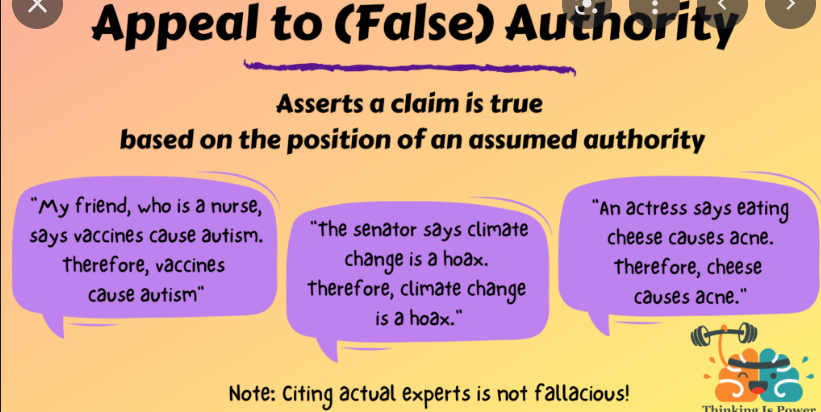

Friday, 23d of September, the Discussion group had its first autumn meeting. As a one-off, it was held a week earlier and not as usual on the last Friday of the month.
Members of the group discussed fallacies and how interesting and important is to notice them in the daily world of information surrounding us.
But first of all a little bit about the definition of a fallacy. As with every complex topic – it’s important to have some understanding of the subject’s main characteristics and how they manifest to us. It’s important to know the basics and main terminology.
Let’s start with:
What is a logical fallacy?
Logical fallacies are deceptive or false arguments that may seem stronger than they actually are due to psychological persuasion, but are proven wrong with reasoning and further examination.
Some Most Common Logical Fallacies
The Straw Man Fallacy
Instead of fully addressing your actual argument, speakers relying on this fallacy present a superficially similar version of your real stance (“a straw man”) and attack it creating the illusion of easily defeating you.

The Ad Hominem Fallacy
It is one of the most popular fallacies. It occurs when you attack someone personally rather than using logic to refute their argument. The attack will be on physical appearance, personal traits, or other irrelevant characteristics to criticize the other’s point of view. These attacks can also be leveled at institutions or groups.

The Appeal to Authority Fallacy
While appeals to authority are by no means always fallacious, they can quickly become dangerous when you rely too heavily on the opinion of a single person — especially if that person is attempting to validate something outside of their expertise.

The Bandwagon Fallacy
Popularity alone is not enough to validate an argument, though it’s often used as a standalone justification of validity. Arguments in this style don’t take into account whether or not the population validating the argument is actually qualified to do so, or if contrary evidence exists.

The Hasty Generalization Fallacy
This fallacy occurs when someone draws expansive conclusions based on inadequate or insufficient evidence. In other words, they jump to conclusions about the validity of a proposition with some — but not enough — evidence to back it up

The False Cause Fallacy
If two things appear to be correlated, this doesn’t necessarily indicate that one of those things irrefutably caused the other thing.

There are other fallacies that are often used by politicians, and journalists, on different social platforms, etc.
One of the questions during our meeting was why to label everything. It is a good question. We often know when hearing TV debates, news, and talking about “hot” issues with friends that something is not correct but what is it…? Knowing definitions, when, and how fallacies are used puts our knowledge in some sort of system, which has a structure and makes it clearer for us to understand what is going on.

